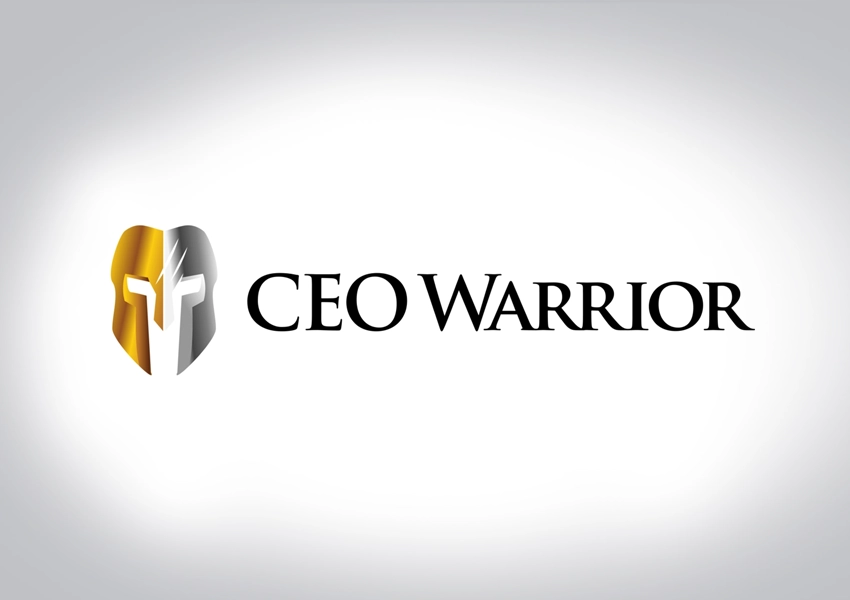Develop a communication strategy and support structure within your organization to help facilitate change.
Change can be one of the most difficult challenges in an organization. People deal with change differently and it can have a huge psychological effect. Change, however, is necessary for a business to grow and prosper.
To manage change, an organization must first clearly define the change and align it with the goals of the business. As the owner, it is necessary to ask yourself if the defined change will help improve the business in the long run. It is important to determine whom it will affect in your organization and how this change impacts each of them.
You need to develop a communication strategy to educate your entire team and make sure everyone understands the change and why it is being done. It is important to create buy-in from everyone. Sometimes training is required to correctly implement the change.
A support structure can be implemented so that people have someone to go to in order to ask for help or voice concerns. Finally, the effect the change has on the business should be measured. After a period of time, you should be able to determine if the change has been positive or negative.
Forced Change
Some examples of normal change within our organizations include replacement of employees or turnover, changes in your dispatch or accounting software, changes to a procedure within your organization or a change to your primary equipment brand.
Last year, however, a major change outside of our company forced us to change within our company. The COVID-19 pandemic forced many businesses, including my own, to make significant changes, often on a daily basis.
In March of 2020 the world was shaken by COVID-19. Many organizations like ours were unsure how this would change the way we did business. We wondered if we would be able to keep our doors open due to government regulations.
Would our business be designated as essential? Fortunately, our industry was designated as an essential business and we were allowed to keep our doors open. We had to make changes, however, in the way we did things in order to cope with the pandemic, sometimes making changes suddenly.
First, we had to make changes in our organization to help protect our employees. Everyone was given hand sanitizer to clean their hands. At the office, a mask mandate was put in place and all meetings were moved into a space that allowed for 6 feet of distancing.
For our clients, all service technicians and installers were given plastic gloves and masks. In the past, we would never agree to provide a cooling tune-up without being able to enter a client’s home.
We changed this policy and if a client requested that we provide a cooling tune-up from outside the home, we did it. For two months, many of our commercial clients were either no longer in their buildings or they were not allowing vendors into their offices.
This created a huge void in work for our technicians that provide Commercial PM to our clients. We had to change by shifting these workers to other areas of the business where there was active work. We also had to change the way we dispatched service calls.
When we reminded our clients of their upcoming appointment, we asked if there was anyone in their household that was sick. If the answer is yes, we rescheduled the appointment to keep our employees safe. Some companies now offer “virtual” service calls and sales appointments. Zoom or FaceTime can be used to communicate with clients without setting foot in their homes. Communication has been important during the pandemic.
Many companies have allowed their office staff to work from home during the pandemic. This required changes in computer and telephone technology as well as process changes to make sure work continued to be completed while people were away from the office.
Communication
For every change in policies and procedures there should be a communication meeting with the individuals affected so that everyone understood the change and why it was necessary. We have done this regularly throughout the pandemic, but it is beneficial at all times.
People in organizations take to change differently. Some people thrive on change and love it, but some do not. For example, five years ago we had to make a change in our dispatcher. That dispatcher had been with our company for more than six years, but she was causing issues with other office staff members and some of the technicians.
These issues were causing bigger problems in our company and we had to make a change. Because the dispatcher position is a key position, making a change from someone that knows your business to someone new is tough.
Turnover
Keeping a problematic employee, however, will stunt your growth and cause continued friction. We had to pull the band aid off quickly and move on. Once we made the change, we quickly communicated to our entire team what we had done. We then shifted some current employees to temporarily fill the dispatch position until we were able to replace the position with someone full time.
Because we communicated why the change was made and what the plan was to solve the problem, we had few uneasy feelings and deterred rumors within the company.
Another change in our company focused on sales culture. Our organization had never had a heavy focus on the sales of accessories on tune-ups and service calls. Recently, we decided to emphasize sales and trained our team and tracked their accessories sales. They are now looking at every opportunity on each call to offer accessories to our clients.
This was a major change in our technician’s mentality. In the past they focused only on doing a great job performing the actual tune-up. They were trained to perform all the tasks required in a quality manner. Now they are adding sales opportunities on each call to improve our clients HVACR system. In the past few months, we have dramatically increased the sale of air purification systems and carbon monoxide detectors.
To make this change a successful one, we clearly defined why this change was necessary. We communicated this to our team, we provided effective training and incentives to help them buy into the change. We are also tracking this change to see how successful it is.
Another recent change during this year was the loss of one of our senior commercial technicians. He had been with us for nine years and was a great team member. We brought him up from one of the trade schools and we trained him to become one of our top technicians. This technician was involved in many of our more complicated controls accounts.
A health issue required him to find a job that was less strenuous on his body. His absence caused a huge void in our technical team which required us to make some organizational changes. We cross-trained several of our commercial technicians to handle the accounts that were handled by the departing technician.
We also put in place a procedure for communicating to our commercial clients why this employee was no longer with us and our plan to make sure they were well taken care of.
Sometimes losing a long-term employee can be a good change. If you have someone that thinks they should receive special treatment because they have been with your company for a long time, it can cause problems with other employees.
For example, if a technician questions every call that the dispatcher sends him on, this can cause friction with the dispatcher. By changing the employment status of a single employee, the entire company culture can shift for the better. Some larger companies make it a policy to change a certain percentage of their workforce each year by regularly replacing their lowest performing employees. Fortunately, this has not been a policy implemented in my own business, but it may be a useful motivator for another.
Operations
Another major change in an organization can be replacing the dispatch and service management software or accounting software. Changing software requires a huge training curb with your employees.
Many people become used to using the same software and learning a new one can be really overwhelming. This change can be detrimental to the business if it is not handled right.
Putting together a sound training program with video training documents before the software is implemented is helpful. Communicating to your team why the change in software is going to be best for the company may motivate them to learn the new programs.
Positive feedback, rewards and competition is an encouraging way to help your employees cope with change. Getting buy-in and excitement for any change from your team helps people manage and embrace the change.
Coaching and good communication can soften uneasiness or even fear. Change can be a good thing and can help strengthen an organization. It is necessary that management focuses on communicating, supporting and welcoming change in order to make sure the team understands that the goal is for the benefit of everyone involved.
Ron Smith is a well-known authority in the HVACR business with more than 50 years of experience as a contractor franchisor consolidator and consultant. He is the author of HVAC Spells Wealth More and New HVAC Spells Wealth and HVAC Light Commercial Service Agreements.Contact Ron at 615-791-8474 or visit ronsmithhvac.com





